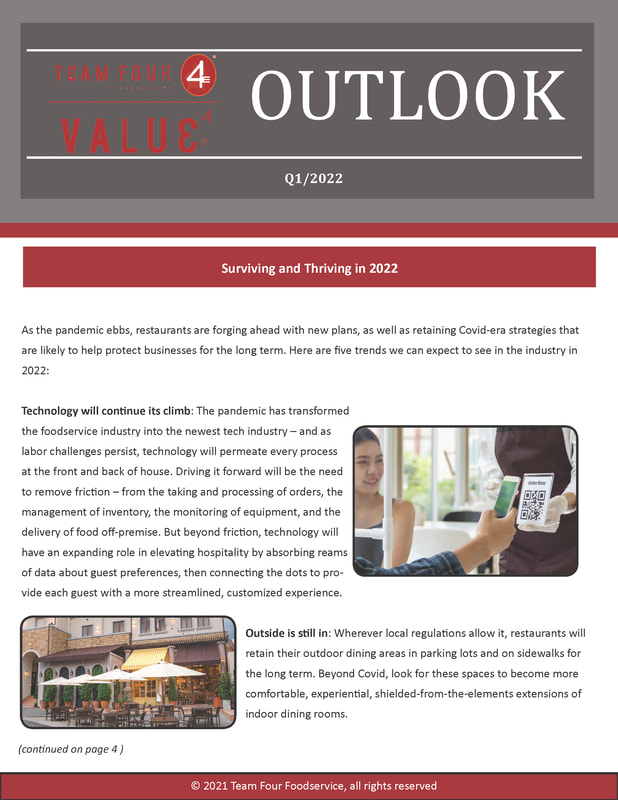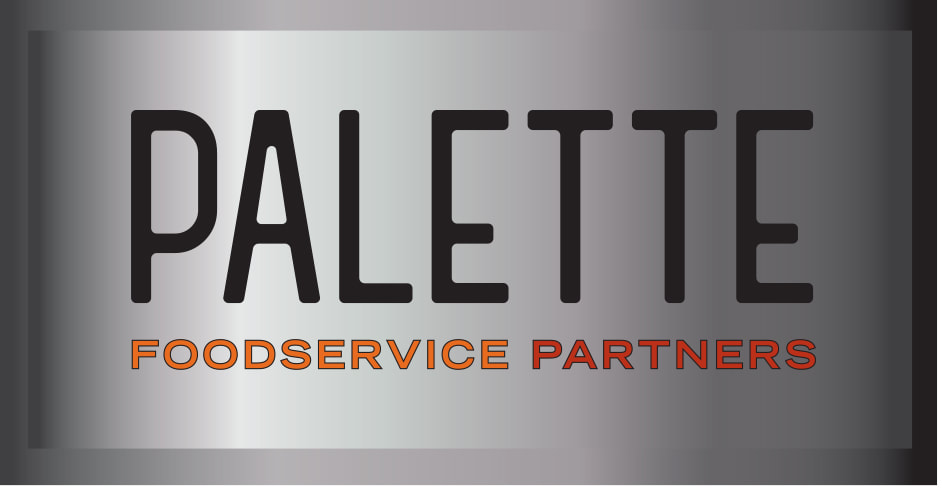|
Make way for plant-based meat. While the rise of meat-free options is hardly new, these foods have gotten a major boost in momentum lately. According to new research, the plant-based meat market is on track to grow 93 percent between now and 2025 – its most substantial growth to date. Growing consumer interest in protecting both personal health and the environment is driving the trend. Restaurants have plenty to gain from it – even if plant-based meats occupy a small fraction of their menus. For one, prices of plant-based meats are coming down, aligning more closely with the cost of animal proteins. Impossible Foods recently cut wholesale prices on its plant-based burgers and sausages by 15 percent – its second price cut in less than a year, according to CNBC. The plant-based market is also an appealing one for restaurants. According to research from Packaged Facts, consumers of plant-based foods (whether all the time or even semi-regularly) tend to have the resources to pay for more premium foods and a willingness to pay for them. They skew younger (think Millennials and Generation Z) and are open to trying new products. They also tend to value eating fresh, healthy foods themselves and providing them for their children. Restaurants who want to develop this market can build menu offerings and promotions with those traits in mind: A restaurant near a college campus might push the boundaries of its plant-based menu items, offering creative combinations and edgy global flavors, while one serving families might assemble plant-based meal kits or bundles that help parents ensure they are feeding their families healthfully.
Even before the lockdown, plant-based foods were in increasing demand among consumers. The National Restaurant Association included plant-based among their tops trends of the year. As we emerge from lockdown, consumer preferences for healthy, plant-forward options remain – and are worth serious consideration as operators try to manage price spikes on animal proteins ranging from beef to pork to chicken. Data from the Bureau of Labor Statistics found that in April, grocery prices were the highest they had been in 50 years, with the sharpest increases recorded for meat, poultry, fish and eggs. If you are given the choice between raising the menu price of a burger and removing that item from your menu until prices fall to more manageable levels, could you choose? Or might it be possible to offer a plant-forward option as a third alternative? If your guest base likes to do its part to protect the environment, promote the benefits of substituting a meal of animal protein with a plant-based option. The Environmental Working Group suggests integrating such protein alternatives as lentils, beans, chickpeas, tofu, nuts, peanut butter and brown rice into recipes to shrink environmental impact. Doing so can help you keep a lid on costs too.
The plant-based protein trend appears to be one with staying power ― sales of plant-based meat grew 37 percent between 2017 and 2019, according to the Good Food Institute, and demand seems set to increase further. Still, differences are beginning to emerge from operators weighing the pros of adapting their menus to the trend vs. the cons of integrating a processed product into the menu. The Spoon reports that Chipotle, for one, unlike many of its competitors, has decided against offering plant-based meat because it is processed (and therefore conflicts with the brand’s interest in knowing/sharing where its food comes from). Does your brand pride itself on offering fresh food and being transparent about its origins and ingredients? If so, how are you accommodating consumer demand for plant-based protein?
|
Subscribe to our newsletterArchives
July 2024
Categories
All
|







 RSS Feed
RSS Feed